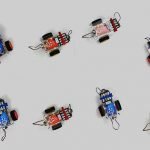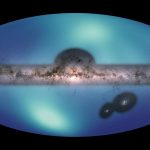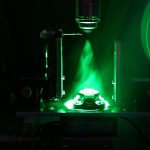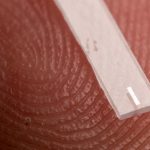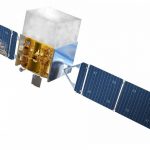Physicists reveal how motion can be generated by frustration
When two people want different things, frustration is inevitable.
But these non-reciprocal interactions can also occur not just between people, but in the natural world.
In...
New law of physics could help robots grip wet objects
Researchers have discovered a new law of physics that accounts for the friction that occurs when robots grip wet objects.
Although robotic devices are part...
Silicon could be a photonics game-changer, shows study
New study from the University of Surrey has shown that silicon could be one of the most powerful materials for photonic informational manipulation.
This opens...
Scientists find a powerful dark matter detector: exoplanets
This exoplanet, a gas giant called GJ 504b, is about 57 light-years away from Earth. Exoplanets like this may help researchers find and measure...
Scientists release new all-sky map of the outermost region of our galaxy
Astronomers using data from NASA and the ESA (European Space Agency) telescopes have released a new all-sky map of the outermost region of our...
Scientists develop new nanoscale device for spintronics
Researchers at Aalto University have developed a new device for spintronics.
The invention marks a step towards the goal of using spintronics to make computer...
Scientists build a quantum bit that can search for dark matter
Some kind of invisible material is out there affecting the motions of stars and galaxies, but thus far, no one has been able to...
Jupiter could make an ideal dark matter detector
So, you want to find dark matter, but you don’t know where to look?
A giant planet might be exactly the kind of particle detector...
Scientists extend the life of a dipolar molecule
Static, long-lasting molecules are key to molecule-based quantum simulation and information processing.
In 2018, Kang-Kuen Ni and her lab earned the cover of Science with...
Scientists find baby stars hatch from stellar eggs near galaxy’s center
Astronomers have found stellar eggs containing baby stars around the center of the Milky Way galaxy.
To make the discovery, the scientists used NSF's Atacama...

